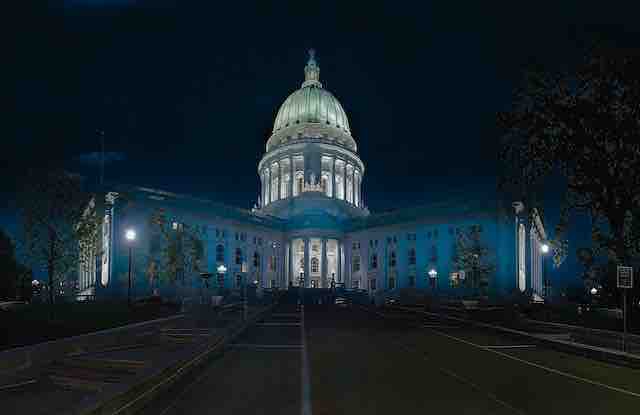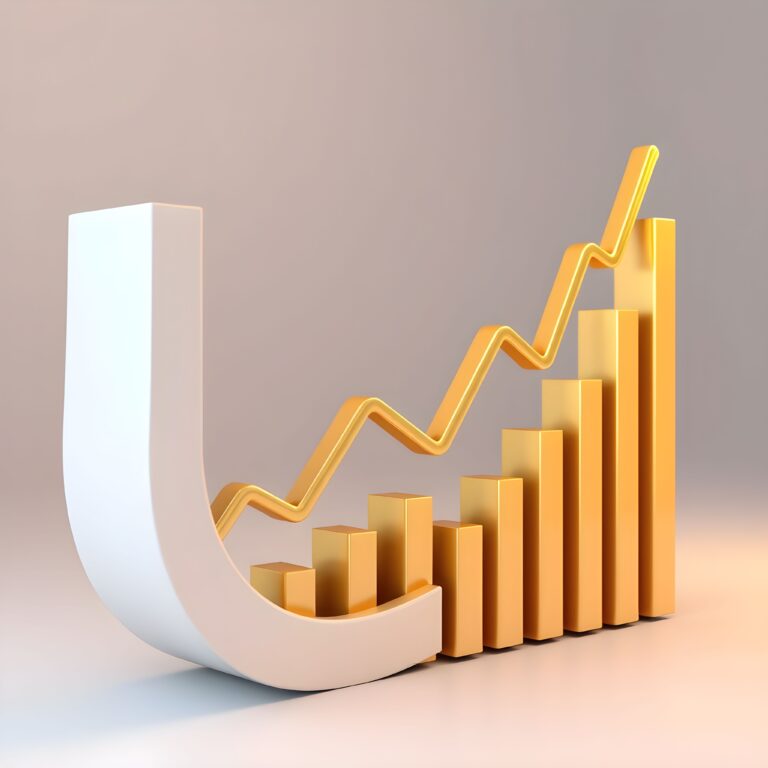The Federal Reserve’s stance on interest rates plays a pivotal role in shaping the nation’s economic trajectory. As inflation and economic growth continue to influence policymakers’ decisions, the debate over hiking rates becomes increasingly critical. In this article, we explore the differing views within the Federal Reserve regarding rate increases, shedding light on the perspectives of those advocating for tighter monetary policies and those supporting a more accommodative approach.
Understanding the Federal Reserve’s Role:
Before we delve into the varying viewpoints, let’s understand the Federal Reserve’s primary responsibilities. The Fed is the central banking system of the United States, tasked with promoting maximum employment, stable prices, and moderate long-term interest rates. Two key factors influence the Fed’s decision-making process: inflation and economic growth.
Policymakers in Favor of Hiking Rates:
Some members of the Federal Reserve Board argue in favor of hiking interest rates, especially when faced with mounting inflationary pressures. These policymakers believe that raising rates can help control inflation by reducing consumer spending and curbing borrowing. The intention is to prevent the economy from overheating and maintain stable prices.
Additionally, supporters of rate increases argue that higher interest rates can attract foreign investments, strengthening the nation’s currency and potentially improving the trade balance. By encouraging foreign investors to hold more U.S. dollars, this stance can also help keep inflation in check.
Policymakers Against Hiking Rates:
On the other hand, some policymakers within the Federal Reserve oppose hiking interest rates, particularly during times of economic recovery. Their primary concern lies in ensuring sufficient credit availability to fuel economic growth and support job creation.
Advocates of a more accommodative approach contend that raising rates prematurely could hinder economic expansion, leading to reduced consumer spending and business investments. They believe that an emphasis on growth is crucial to address unemployment concerns and foster overall economic prosperity.
As the Federal Reserve continues to navigate through the complexities of monetary policy, striking the right balance becomes essential. Policymakers must weigh the risks associated with both hiking rates and maintaining lower rates, considering the potential impact on inflation, unemployment, and economic growth.
The Fed often uses forward guidance to communicate its intentions regarding interest rates, providing markets with insights into its policy decisions. However, the challenge lies in accurately predicting economic conditions and adjusting policies accordingly.
The debate surrounding the Federal Reserve’s stance on hiking interest rates reflects the intricacies of managing a complex and dynamic economy. As policymakers grapple with the delicate balance between controlling inflation and stimulating economic growth, their views shape the nation’s monetary policy.












